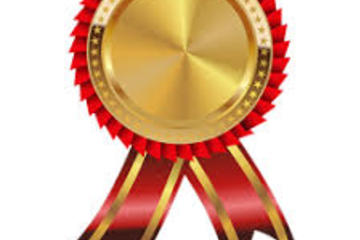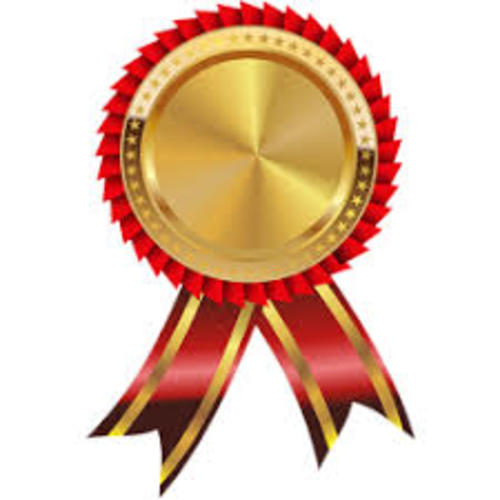
Future Learning Spaces for Learning Communities

Future Learning Spaces for Learning Communities

{"id"=>983, "level_no"=>1, "level_title"=>"Instruction", "notes"=>"<div class=\"t m0 x11 h4 y3b ff1 fs3 fc0 sc0 ls6 ws5\">Our combined projects <span class=\"ls8 ws1\">can</span> offer important contributions to the exciting and ongoing <span class=\"lsb ws6\">LC</span> research within</div>\n<div class=\"t m0 x1 h4 y3c ff1 fs3 fc0 sc0 ls6 ws5\">the learning sciences. As <span class=\"lsc ws7\">LC</span> thinking evolves, there are new possibilities for what can be done by considering the</div>\n<div class=\"t m0 x1 h4 y3d ff1 fs3 fc0 sc0 ls6 ws5\">spaces where they are situated. For example, new technologies that are reported upon in this symposium allow for</div>\n<div class=\"t m0 x1 h4 y3e ff1 fs3 fc0 sc0 ls6 ws5\">distant knowledge building communities to learn from <span class=\"ff7\">each other’s</span> collective idea threads (see Zhang & Chen).</div>\n<div class=\"t m0 x1 h4 y3f ff1 fs3 fc0 sc0 ls6 ws5\">Embedded <span class=\"ff7\">“Wallscopes” allow stude</span>nts to carefully observe life cycles of multiple habitats within the walls of</div>\n<div class=\"t m0 x1 h4 y40 ff1 fs3 fc0 sc0 ls6 ws5\">one classroom (see Slotta, Cober, Acosta, & Moher). Pod-like furnishings and arrangements in undergraduate</div>\n<div class=\"t m0 x1 h4 y41 ff1 fs3 fc0 sc0 ls6 ws5\">physics classrooms promote active learning and community-based knowledge (see Charles, Whittaker, & Lenton).</div>\n<div class=\"t m0 x1 h4 y42 ff1 fs3 fc0 sc0 ls6 ws5\">Flexible walls, easily combinable furniture, and embedded screens allow for opportunistic collaboration within</div>\n<div class=\"t m0 x1 h4 y43 ff1 fs3 fc0 sc0 ls6 ws5\">an emergent-design (see Ben-Zvi, Hod, Kali, & Weiss). Finally, open technology-enabled collaborative spaces</div>\n<div class=\"t m0 x1 h4 y44 ff1 fs3 fc0 sc0 ls6 ws5\">allow multiple LCs to enact their practices (see Rook, McDonald, Choi, & Tietjen). Together, these projects show</div>\n<div class=\"t m0 x1 h4 y45 ff1 fs3 fc0 sc0 ls6 ws5\">how LCs can be refined by considering the way space constrain or give new opportunities to certain kinds of</div>\n<div class=\"t m0 x1 h4 y46 ff1 fs3 fc0 sc0 ls6 ws5\">activities and practices.</div>", "challenge_id"=>533, "created_at"=>Fri, 18 Dec 2020 11:26:46.012252000 UTC +00:00, "updated_at"=>Fri, 18 Dec 2020 11:26:46.012252000 UTC +00:00}
- Playlist Sections
-
Instruction
-
Section : 01
-
SECTION -02
Description
Description

Badge Description
A strong learning community “sets the ambience for life-giving and uplifting ... in diverse ways, even though they might be dispersed through time and space. ... sense that they share access, relationships, vision, or function (see Fig. 1). ... with the idea of a cohort, or students entering programs of professional or educational ...